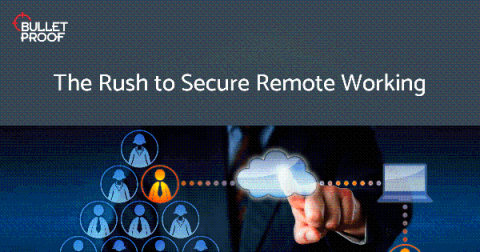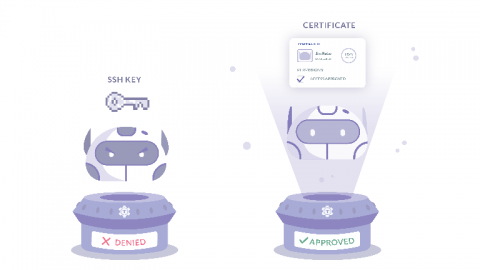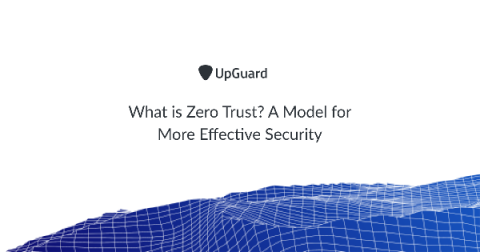ICS Environments and Patch Management: What to Do If You Can't Patch
The evolution of the cyber threat landscape highlights the emerging need for organizations to strengthen their ability to identify, analyze, and evaluate cyber risks before they evolve into security incidents. Although the terms “patch management” and “vulnerability management” are used as if they are interchangeable, this is not the case. Most are confused because applying patches is one of the many tools that’s available in our arsenal for mitigating cyber risks.










